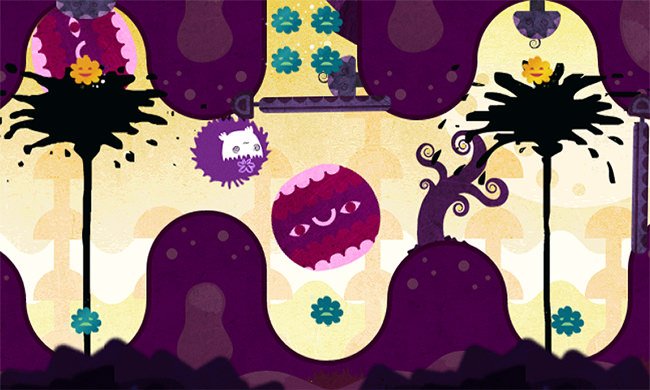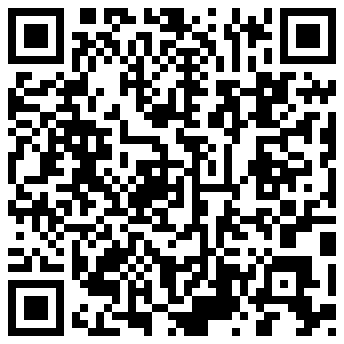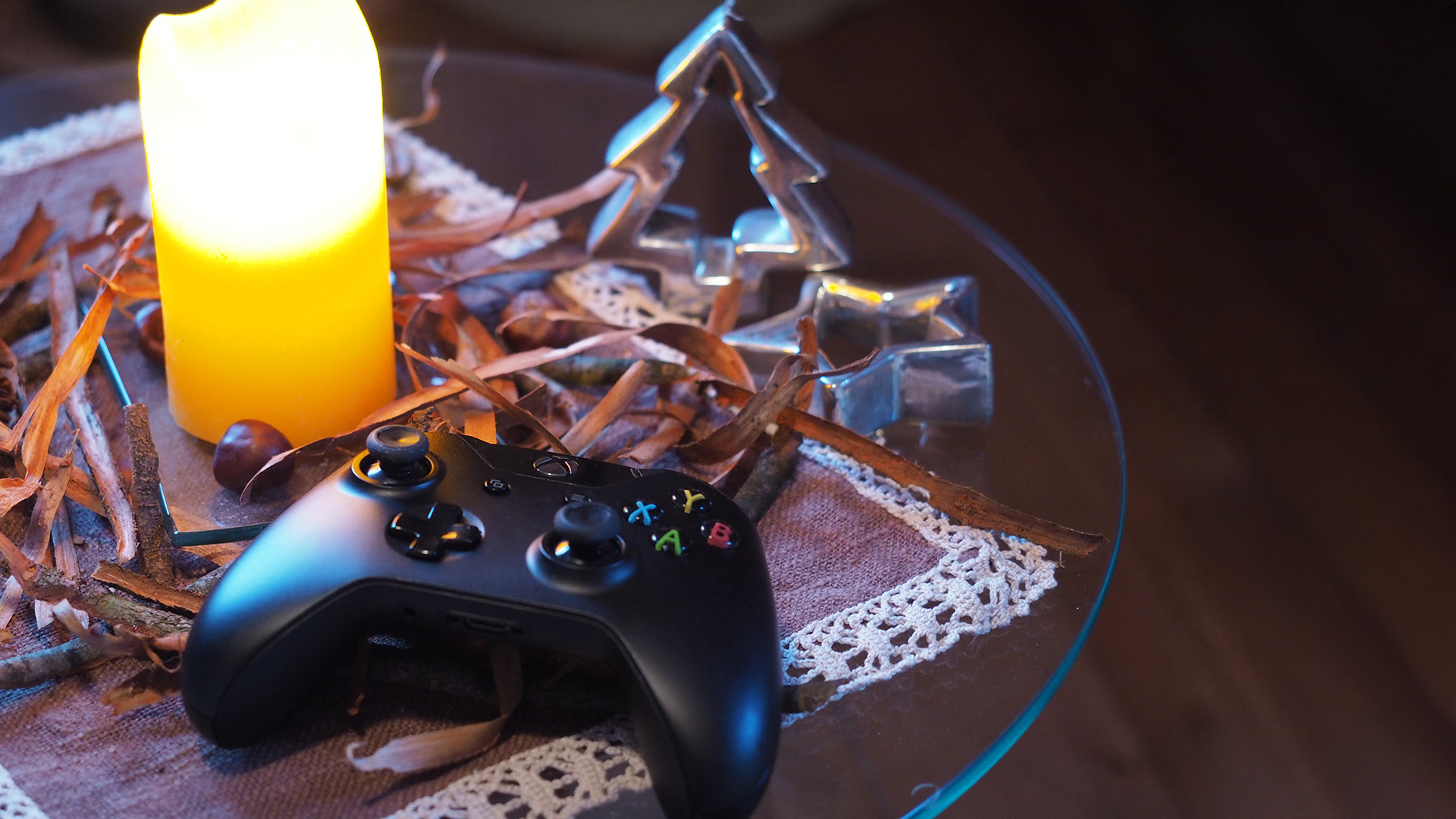Mush: Xbox Windows Phone Review

People play games for many different reasons: to be challenged, to be stimulated artistically or intellectually, for the narrative, and even for the Achievement points. Not every game needs to be a high-pressure experience or a bombastic assault on the senses though; sometimes you just want to relax and play. In fact, I would argue that calming games are especially suited for mobile play since we often play them on the go during our otherwise hectic days. Mush - from student developers Angry Mango - is just the game for such an occasion.
The least dangerous game
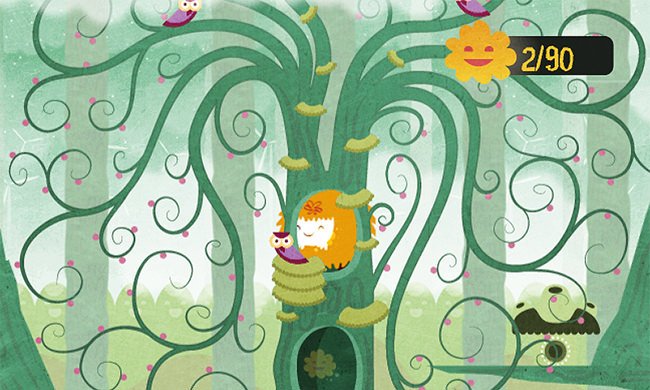
Mush is a platformer with mild puzzle elements. Rather than a virtual stick, tilt controls move the titular Mush about. While tilt controls often make games more difficult to play due to their inherent lack of precision and calibration issues, they fit right in here. Precision platforming and dodging and killing enemies have no role in Mush. In fact, the player character harmlessly bounces off of enemies rather than being killed by them. You can’t die or fail the game really, though I did become temporarily or permanently stuck now and then in some of the later levels.
Facing your feelings
Mush’s gameplay innovation comes from the character’s emotional status. Mush doesn’t jump, dash, or swim like many other platforming mascots. Instead, his emotions give him new abilities. Four such emotions unlock over the course of the game – one for every three levels:
- Happy: Draw a smile on-screen to make Mush float with happiness. The smile is pleasantly easy to draw.
- Sad: The reverse shape (a frown) makes Mush sad, allowing him to sink down and walk under water.
- Confused: Twisting the phone upside down confuses poor little Mush, reversing gravity so that he can walk on the ceiling.
- Angry: You might not like Mush when he’s angry, but you’ll need that anger to break boulders and eliminate late-game enemies. Shake the phone to activate his rage powers. I don’t really like shaking my phone (bad memories of Twin Blades) but it fits the theme well enough.
Oh, and drawing a horizontal line reverts Mush to neutral status.
Not too tough
With no failure condition, Mush’s challenge comes from its environmental puzzles and collectibles. The former generally involve pushing balls onto switches in order to open new pathways. You’ll need Mush’s emotional powers to move those balls and activate those switches – especially confusion, since flipping gravity plays a huge role in the second half of the game. While the puzzles aren’t too tough overall, every now and then I had to step back and think about what the game really wanted me to do.
As for the collectibles, there are four different kinds – one for each of the game’s emotions. Levels start out with only one type but start to incorporate the others as those emotions become available. To pick one up, you’ll need to switch to its corresponding emotion before grabbing it. Whenever you pick one up, a counter displays how many remain in the level, so you’re never left wondering.
Finding most of the collectibles on your first run through a level shouldn’t present much of an issue as long as you take every path and keep an eye out. Every now and then they’re cleverly hidden though, and you may need to replay the level and look again. On subsequent replays, collected items are translucent and don’t need to be picked up again – a nice touch.
All the latest news, reviews, and guides for Windows and Xbox diehards.
I wish quitting out of a level would allow us to retain whatever items we picked up, but instead the level must be completed. On the same note, the pause menu could use a ‘Retry level’ option instead of forcing players to quit to the menu and reselect the level.
By any other name
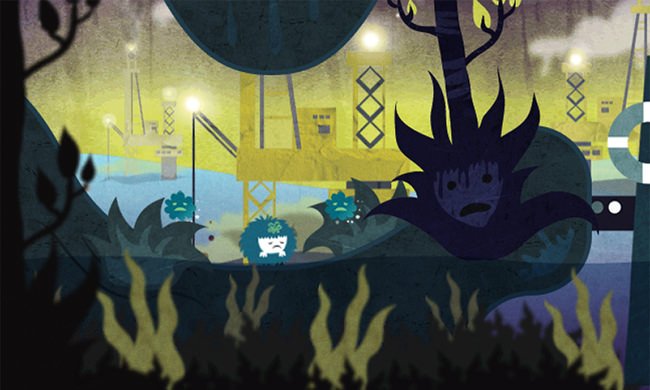
While the low-stress gameplay and emotional abilities lend Mush a fair amount of charm, its greatest asset is undoubtedly the lovely2D artwork. Every single character and background is a cornucopia of color and beauty. The art style is reminiscent of Foster’s Home for Imaginary Friends and MonsterUp, yet the use of color here eclipses those examples.
Also, while the characters are drawn in a very flat way, the actual environments portray a ton of depth thanks to multiple layers of parallax scrolling. The occasional slightly out of focus foreground layer enhances the effect even more. The folks behind Toki Remixed on XBLA (a well-drawn but overly flat looking game) could learn a lot from Angry Mango’s work on Mush.
Mush’s soundtrack consists of four songs that I noticed – one for each set of three levels. The tunes are initially catchy and atmosphere-enhancing, but they all suffer the same flaw: repetition. Basically, the songs are a bit on the short side, and thus they repeat too frequently within every level. Hopefully Angry Mango’s composer can instill more length and variety into each song in the team’s next game. On the plus side, the title screen/Happy levels theme is available as a free ringtone in the Help & Options screen. One last note about sound: the game could use a sound effect for entering and exiting water.
Once upon a time
While Mush gets so many things right, one of the few areas in which it drops the ball is story. Basically, the premise of the game is that Mush and several of his friends are playing hide-and-seek. The whole objective is to find them; that’s it. When you finally reach one of Mush’s friends at the end of certain levels, the reunion comes to life via a couple of well-drawn stills and two or three lines of text.
That’s disappointing because Mush’s world, be it the characters or the expansive environments they populate, could easily support a children’s book or television series. They deserve to be brought to life with some clever writing and humor, not just a threadbare narrative. Given the brevity and infrequency of the story bits here, you’ll look forward more to the Achievement for finding a friend than the tale behind it.
Achievements
Mush offers a very easy 200 GamerScore, perfectly in fitting with its easygoing atmosphere. The only Achievement that might take some work is the one for gathering all the collectibles. Most players should be able to locate them on their own, but this Achievement Guide helpfully lists the more out-of-the-way items.
Overall Impression
Mush is easily one of the most beautiful games on Windows Phone – no wonder Microsoft snapped up the publishing rights. Angry Mango has done an amazing job on its first game, not only artistically but simply in playing to the phone’s strengths. Folks who dislike virtual sticks in platformers like Sonic 4: Episode I should have no complaints about the tilt controls here.
Some folks say Mush is too short and easy. A few more levels would probably be nice, but at least it doesn’t overstay its welcome or throw in pointless grinding to artificially lengthen the experience like many phone games (*cough, Pool Pro Online 3*). Still, if you’re looking for a challenging game, this isn’t the one. The point is the experience, and the childlike joy and innocence that permeate it. Kids and the young at heart will love Angry Mango’s inaugural effort.
Mush costs $2.99 and there is a free trial. Get it here from the Store.

Paul Acevedo was formerly a Games Editor at Windows Central. A lifelong gamer, he has written about videogames for over 15 years and reviewed over 350 games for our site. Follow him on Twitter @PaulRAcevedo. Don’t hate. Appreciate!
